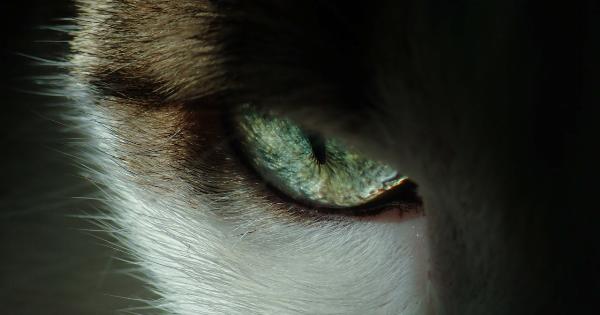Green eyes are such a unique and captivating feature. While green eyes may be beautiful, they’re also associated with certain conditions.
In this article, we will take a closer look at more than 10 different diseases that occur with symptoms of green eyes.
Green Eyes and Genetics
Green eyes are quite rare, and it’s estimated that they only occur in around 2% of people worldwide. This is due to genetics, and specifically the amount of melanin present in the iris (the coloured part of the eye).
People with green eyes have a small amount of melanin, and light scattering creates a green appearance. However, genetics isn’t the only factor that’s associated with green eyes.
Over 10 Different Diseases with Symptoms of Green Eyes
Green eyes may look beautiful, but they’re also associated with a range of diseases, some of which are listed below:.
1. Ocular Migraines
Ocular migraines are a type of migraine that affects the eyes specifically. In some cases, people with ocular migraines may experience green spots or a green aura around objects.
They may also experience blurred vision, sparkling lights or zigzag patterns. These symptoms can be very distressing, and can last for anywhere between 10 and 30 minutes.
2. Glaucoma
Green eyes are also associated with glaucoma. This is because people with green eyes are more likely to have a thinner cornea, which can affect ocular pressure.
Glaucoma is a condition that occurs when there’s an increase in ocular pressure, which can lead to damage to the optic nerve if left untreated.
3. Cataract
Another condition that’s associated with green eyes is cataracts. Cataracts occur when the lens of the eye becomes cloudy, which can lead to blurred vision or total loss of vision if left untreated.
People with green eyes are at a slightly higher risk of developing cataracts due to their lighter eye colour.
4. Fuchs’ Dystrophy
Fuchs’ dystrophy is an inherited condition that can result in green-coloured cornea. This condition affects the corneal endothelium, which can result in fluid build-up within the cornea and leading to swelling of the cornea.
This can result in distorted or decreased vision.
5. Horner’s Syndrome
Horner’s syndrome is a nerve disorder affecting the eye and face. People with Horner’s syndrome may experience green or blue eyes due to a loss of pigmentation in the iris, as well as drooping of the eyelids and restricted pupil dilation.
6. Neurofibromatosis
Neurofibromatosis is a genetic condition that can cause tumours to grow on nerves throughout the body, including the eyes. These tumours can cause the eyes to appear green in colour, and can also lead to vision problems.
7. Albinism
Albinism is a genetic condition that affects the production of melanin, which can lead to lighter hair, skin and eyes. People with albinism typically have green-hued eyes due to the lack of melanin in the iris.
They’re also at a higher risk of developing vision problems.
8. Wilson’s Disease
Wilson’s disease is a rare genetic disorder that causes excess copper to accumulate in the body, leading to liver damage, neurological problems and eye problems.
One of the eye problems that can occur is Kayser-Fleischer rings, which can lead to green eyes. These rings are caused by copper deposits in the cornea.
9. Uveitis
Uveitis is a condition that affects the uvea, which is the middle layer of the eye. People with uveitis may experience greenish-coloured eyes, as well as redness, pain and sensitivity to light. If left untreated, uveitis can lead to vision loss.
10. Haemochromatosis
Haemochromatosis is a condition that involves excess accumulation of iron in the body. This accumulation can lead to various health complications, including green-coloured eyes.
This is because excess iron can accumulate in the eye, leading to its alteration of colour from its original colour.
Conclusion
Green eyes may be rare and beautiful, but they’re also associated with a range of diseases, some of which can be serious.
If you have green eyes, it’s essential to maintain regular eye health check-ups, and to seek medical attention if you experience any vision problems or changes in eye colour or appearance. Early detection and intervention can help to prevent serious complications and ensure the best possible outcomes for your eye health.



























